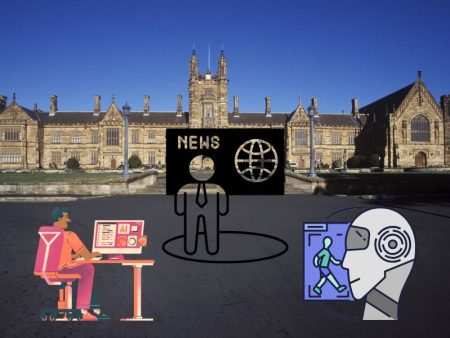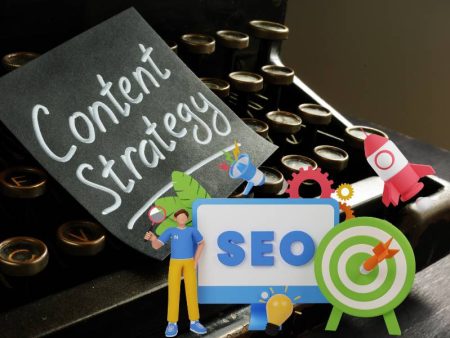You ever had one of those moments where you’re like, “Ugh, I know what I’m looking for, but I just can’t describe it”? Maybe you saw a stranger wearing the perfect boots at a café, or your friend posted a photo with a killer rug in the background. You wanted it—but how do you even begin searching for that?
Welcome to the modern shopper’s struggle.
And honestly, typing in “brown ankle boots with a slight heel and buckles but not too shiny” into a search bar is the worst. That’s where visual search steps in like a knight in shining algorithm.
But wait—what is visual search, really? Why is everyone in eCommerce suddenly obsessed with it? And what’s AI got to do with it?
Grab your phone (you’re probably already reading this on one), sip your overpriced latte, and let’s talk about how AI and visual search are quietly flipping the script on online shopping.
So… what the heck is visual search?
Let’s not overcomplicate things. Visual search is exactly what it sounds like: you use an image, not words, to search for stuff. Snap a pic, upload it, or point your camera at something—and AI does the heavy lifting, matching it to visually similar products.
This isn’t about clicking through 15 pages of vaguely related results. It’s about taking that lamp you saw at your aunt’s place and finding one just like it online, even if you don’t know it’s called “mid-century modern brushed brass table lamp.”
Honestly, it’s kind of magic. But also—totally not magic. It’s AI. And lots of it.
Let’s talk brains behind the scenes: AI
Alright, buckle up.
Visual search works because AI can now “see” images the way we do—or close enough. Thanks to convolutional neural networks (CNNs), machines can analyze shapes, patterns, colors, textures… basically, all the things your brain does in a split second when you go, “Ooh, I like that one!”
These neural networks are trained on massive datasets. We’re talking millions of labeled images. So the system learns, say, the difference between loafers and Oxfords. (Let’s be real, half of us can’t even do that.)
But it’s not just recognizing objects—it’s understanding them in context. AI models can figure out that a floral dress is likely to be categorized under summer fashion, might match certain accessories, or even be associated with a particular aesthetic.
And if you’re curious about the deeper tech of how visual search integrates with real-time product discovery, there’s a great deep-dive on image recognition in retail that breaks it down pretty well.
Why eCommerce brands are all-in
Here’s the deal: if you’re selling stuff online and you don’t offer visual search? You’re probably leaving money on the table.
Think about it from the customer’s perspective (and let’s be honest—we’ve all been that customer). Typing out vague queries is a pain. Visual search lets people find exactly what they want, faster, with less friction. That means better conversion rates, more engagement, and a smoother experience.
It’s not just about being trendy. It’s about solving a real problem.
Even major players like ASOS and IKEA have jumped on board. But here’s the kicker—small and mid-sized businesses are now catching up too. And with platforms like Shopify’s AI tools for eCommerce, it’s more accessible than ever.
But it’s not perfect… and that’s okay.
Let’s not pretend this is some utopian tech. Visual search has its limitations.
Lighting, angles, background clutter—these can confuse the algorithms. Upload a photo of your favorite jeans on a messy bed, and the AI might give you… pillowcases. Whoops.
And then there’s the “close but not quite” problem. You find a jacket that’s almost what you want, but the buttons are off, or it’s $300 more than you’d hoped. This is where contextual understanding still lags a bit behind human intuition.
But hey, progress over perfection, right? Even the smartest AI is still playing catch-up with our human messiness.
Here’s a wild story for you
Okay, personal detour—but this is exactly why visual search matters.
Last year, I went down a Pinterest rabbit hole looking for dining room inspo. I found this gorgeous table with a raw wood top and industrial metal legs. No brand, no link, just vibes.
I tried every search combo: “reclaimed wood table,” “farmhouse metal legs,” “rustic modern industrial dining.” Nada. Just when I was about to give up and settle for some big-box lookalike, I tried uploading the image into a visual search engine.
Boom.
Found an independent maker in Oregon who crafted almost exactly the same table—and was open to custom orders. A few weeks (and a couple of payment installments) later, it was in my dining room.
Could I have found that manually? Maybe. But would I have? Probably not.
The emotional side: it’s not just tech
Let’s get a little soft for a second.
At its core, shopping isn’t just transactional—it’s emotional. We buy things to express who we are, to create comfort, to connect, to dream. And visual search, done right, honors that emotion. It lets us hold onto that spark we feel when we see something beautiful—and turn that spark into a purchase.
No more losing that moment because we can’t find the right words.
And especially for neurodivergent folks, ESL speakers, or people who just don’t vibe with traditional search? Visual tools can be genuinely empowering.
It’s a small thing on the surface. But it’s not really small at all.
What businesses should actually do about this
If you’re in eCommerce and you’re just “keeping an eye on” visual search—nah. Get in there.
Here’s what I’d suggest:
- Start experimenting. Platforms like ViSenze’s visual search solution make it relatively plug-and-play these days.
- Optimize your product images. AI can’t find what it can’t see. Use clear, well-lit photos from multiple angles.
- Invest in tagging and metadata. Visual search is powerful, but combining it with smart categorization is where the magic happens.
- Test with real customers. Ask them how they actually shop. You’ll be surprised how often they’re using screenshots and photos.
The future’s already here—it’s just unevenly adopted.
Will visual search replace text search?
Nah. At least not completely.
Sometimes you just know you want “a black cotton T-shirt, size L, under $20.” Visual search isn’t replacing that.
But for discovery? Inspiration? Finding that thing you saw in passing and fell in love with? Visual search isn’t just useful—it’s essential.
And let’s be real—it’s way more fun.
Real talk: What excites me most
Okay, here’s what really gets me jazzed. Visual search is one of the few tech trends that actually feels human. It meets us where we are. It bridges the gap between emotion and action. It cuts through the noise.
It’s not about buzzwords or blockchain nonsense. It’s about you, me, and everyone else finding that thing that made our heart skip a beat—without getting lost in a sea of irrelevant links.
It’s tech that feels like a gift, not a chore.
And if you want a crystal-clear glimpse of where this is all going, check out this insightful piece on how visual AI is shaping the future of search. It’s worth your time.
Final thoughts (or… an emotional TED Talk, kinda)
The future of shopping isn’t cold and mechanical—it’s warm and visual and intuitive. It’s driven by images, not keywords. And AI is making that possible in ways that were sci-fi-level just a few years ago.
We’re not quite at “see it on the street, buy it in 10 seconds” levels yet—but we’re inching closer every day.
Visual search, with all its imperfections and power, is a big step toward shopping that feels more natural. More joyful. More like us.
So the next time you see something you love and can’t describe? Just show it. AI’s learning how to listen with its eyes.
TL;DR?
If your eCommerce brand isn’t playing in the visual search sandbox yet, you’re probably missing out. But hey, it’s not too late. The tools are here, the tech is ready—and the shoppers? Oh, they’re already waiting.


